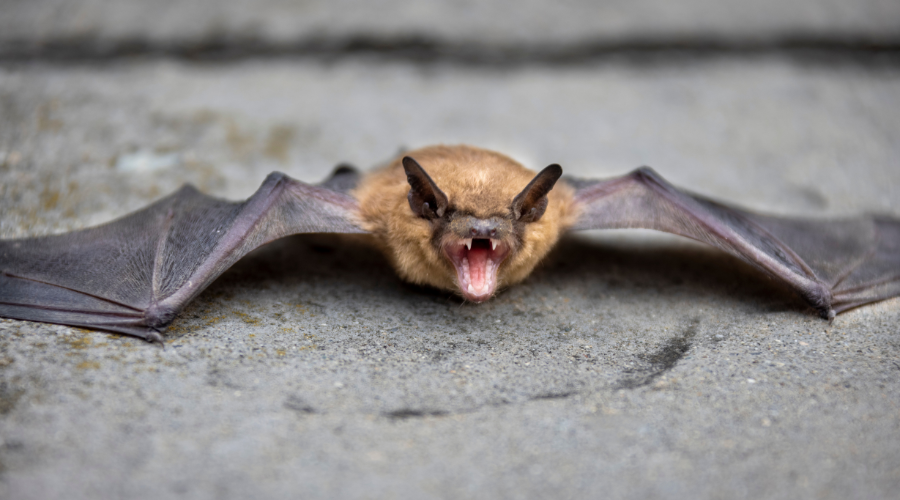Key Takeaways
- Seal Entry Points: Inspect your home’s structure and block gaps or openings to prevent wildlife access.
- Maintain a Clean Property: Remove food sources and secure trash to minimize attractants.
- Understand Wildlife Behavior: Learn the habits of common intruders for targeted prevention.
- Use Humane Deterrents: Opt for safe solutions like motion-activated devices and natural repellents.
- Know When to Call Professionals: Seek expert assistance for severe or ongoing wildlife issues.
Uninvited Wildlife and Its Impact on Your Home
Wildlife intrusions can damage property, pose safety risks, and disturb your peace of mind. Protecting your home means safeguarding against these threats while coexisting respectfully with nature. This guide provides actionable strategies to keep your living space secure and wildlife-free.
Best Practices to Prevent Wildlife Intrusions
The foundation of wildlife prevention lies in proactive, consistent efforts. By addressing potential vulnerabilities and minimizing attractants, you can create a hostile environment for intruders without harming them. Here’s how:
Identify the Wildlife You’re Dealing With
Understanding which animals are frequent visitors to your area helps refine your prevention plan.
- Rodents: Mice, rats, and squirrels are small but destructive, often chewing wires and damaging insulation.
- Raccoons: Clever and resourceful, they exploit attic vulnerabilities and scavenge trash.
- Birds: Certain species may nest in chimneys or vents, creating blockages and fire hazards.
- Insects: Ants, bees, and wasps can compromise your home’s structure and pose health risks.
- Larger Animals: Deer, bears, or foxes may be drawn by accessible food or waste.
Tip: Track signs like droppings, chewed materials, or noises to identify intruders.
Seal Entry Points
Wildlife often sneaks in through overlooked cracks and gaps.
- Inspect Your Home: Regularly check windows, doors, foundations, and vents for entry points.
- Use Durable Materials:
- Seal gaps with caulk.
- Install metal mesh over vents.
- Block rodent-sized holes with steel wool.
- Secure Vulnerable Areas: Repair roof shingles, install chimney caps, and reinforce soffits.
Quick Tip: Inspect your attic and basement for small openings—rodents can squeeze through holes as small as a dime!
Maintain a Clean Property
A tidy yard reduces wildlife attractants.
- Secure Trash: Opt for wildlife-resistant bins with tight, locking lids.
- Remove Food Sources: Bring pet food and birdseed indoors overnight.
- Trim Landscaping: Keep tree branches and shrubs trimmed to prevent easy roof access.
- Clean Bird Feeders: Regularly remove spilled seeds to deter rodents and larger animals.
Use Humane Deterrents
Effective deterrents discourage wildlife without harming them or your environment.
- Motion-Activated Devices: Lights or sprinklers can scare off nocturnal visitors like raccoons and deer.
- Ultrasonic Noisemakers: Ideal for small mammals and birds, these devices emit unpleasant frequencies to pests.
- Natural Repellents: Use peppermint oil for rodents and citrus peels for insects.
Eco-Friendly Tip: Avoid chemical repellents that may harm pets, children, or the environment.
Adapt to Seasonal Changes
Wildlife behavior shifts with the seasons, so adjust your strategies accordingly.
- Spring & Summer: Animals seek nesting areas. Inspect vents, attics, and chimneys regularly.
- Fall & Winter: Cold weather drives wildlife indoors. Reinforce entry points before the season’s first freeze.
Call Professionals When Needed
Certain situations demand expert help:
- Persistent Problems: Wildlife control professionals can safely remove stubborn intruders.
- Structural Damage: Raccoons and other animals may require repairs beyond basic DIY solutions.
- Health Hazards: Professionals ensure safe removal and sanitation if animals carry diseases or parasites.
FAQs
Q: How can I tell if wildlife has entered my home?
A: Common signs include scratching noises, droppings, gnawed wires, or visible damage to vents and walls.
Q: Are natural deterrents safe for pets?
A: Most natural options, such as peppermint oil or citrus peels, are safe, but always read product labels and consult a vet.
Q: Can wildlife cause significant home damage?
A: Yes. Rodents can chew electrical wiring, causing fire hazards, while raccoons may tear through insulation and roofing materials.
Q: When should I contact a professional?
A: Call for help if you notice persistent intrusions, significant property damage, or health risks from droppings or parasites.
Actionable Tips Summary
- Regular Inspections: Stay vigilant about cracks, gaps, and weak spots in your home’s structure.
- Reduce Attractants: Secure garbage and food sources and maintain a clean yard.
- Humane Solutions: Implement safe deterrents for your family and the environment.
- Seasonal Adjustments: Tailor your prevention efforts based on seasonal wildlife behavior.
- Professional Assistance: Don’t hesitate to contact experts for challenging situations.
Conclusion
Wildlife prevention begins with consistent action and understanding. You can protect your home from intrusions by sealing entry points, keeping your property clean, and using humane deterrents. When issues persist, professional wildlife control offers safe, effective solutions.
Proactively safeguarding your home ensures not only peace of mind but also a harmonious coexistence with the natural world. Take steps today to secure your property and maintain a wildlife-free sanctuary. Looking for affordable pest control services in Santee, California? We provide expert solutions for both residential and commercial properties!

